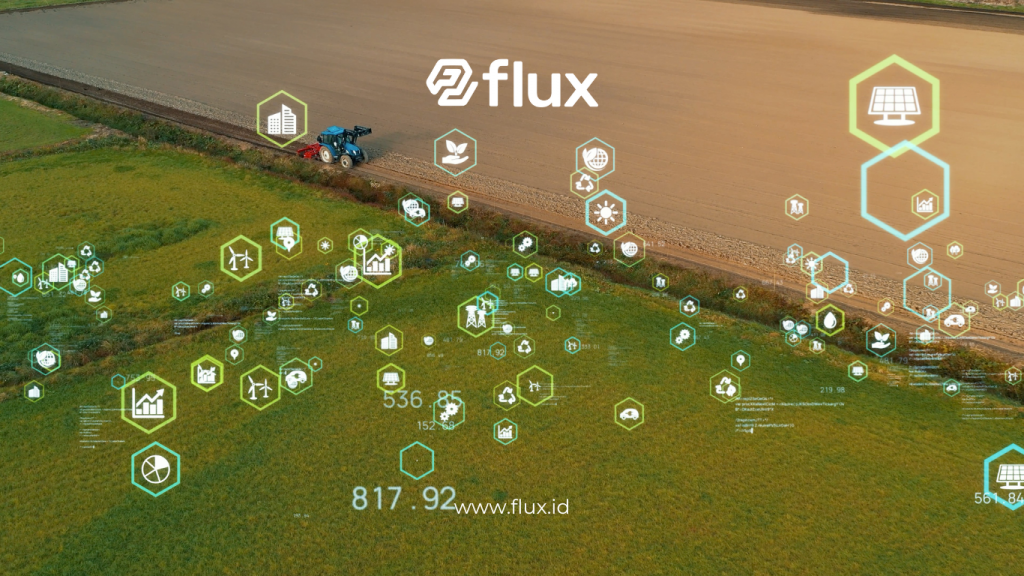Don't miss our holiday offer - 20% OFF!
Sustainable agriculture has become a primary concern amid climate change, resource scarcity, and a rising global food demand. The Internet of Things (IoT) offers innovative solutions to these challenges through automation, monitoring, and accurate data analysis. This article discusses how IoT supports sustainable agriculture management, its benefits, challenges in adoption, and practical use cases.
Contents
1. What Is IoT in Agriculture?

Read More: Transforming Agriculture with IoT: Technology for Smart Farming
IoT in agriculture is technology that uses interconnected devices to collect real-time data from various sources, such as soil, weather, and crops. This data helps farmers make smarter decisions, optimize resource use, and improve crop yields. With IoT sensors, devices, and platforms, farmers can monitor field conditions and manage agricultural activities more effectively.
1.1 Key IoT Devices in Agriculture
- Soil Sensors: Monitor soil moisture, pH, and nutrient levels.
- Weather Stations: Collect local weather data to inform irrigation and fertilization.
- Air and Water Quality Sensors: Evaluate the surrounding environment and potential risks.
- Drones and Cameras: Provide aerial monitoring and mapping of farmland.
2. Benefits of IoT in Sustainable Agriculture

Read More: The Future of Agriculture: How IoT Shapes Smart and Sustainable Farming
IoT offers significant benefits that support sustainable agriculture and more efficient resource use.
2.1 Water and Energy Efficiency
Using IoT sensors for smart irrigation allows for automatic control over watering systems based on crop needs and soil conditions. This reduces excessive water use and saves energy, which is crucial for sustainability.
2.2 Improved Pest Control
IoT-based sensors and cameras can detect early pest activity, allowing rapid response with pesticides only where needed. This reduces excessive chemical use that can harm the environment.
2.3 Enhanced Crop Quality and Yield
With more accurate data analysis, farmers can optimize crop growth conditions, monitor crop stress, and improve yield and quality. This addresses the world’s growing food demand.
3. Challenges in Adopting IoT in Agriculture
Despite its benefits, adopting IoT in sustainable agriculture also comes with challenges.
3.1 High Initial Investment Costs
Installing IoT sensors, devices, and supporting infrastructure is costly, which can be a barrier, especially for small-scale farmers. However, some governments offer subsidies or support to encourage the adoption of this technology.
3.2 Limited Internet Connectivity
IoT relies heavily on internet connectivity, which poses challenges in rural or remote areas. Improved telecommunications infrastructure is essential to support IoT systems.
3.3 Data Security and Privacy
Data collected by IoT devices must be protected to prevent misuse. Encryption and security protocols are crucial to safeguard farmers’ data privacy and operational sustainability.
4. Examples of IoT Applications in Sustainable Agriculture

Read More: IoT in Agriculture – Reducing Waste and Boosting Productivity
Here are some successful examples of IoT applications that support sustainable agriculture:
4.1 Smart Irrigation Systems in India
In agricultural regions of India, IoT-based irrigation systems have reduced water consumption by up to 30%. Soil and weather sensors help control watering schedules and amounts, supporting water resource sustainability in areas with seasonal droughts.
4.2 Crop Monitoring in Japan
Tomato farms in Japan use sensors to monitor temperature, humidity, and soil nutrients in real time. This data enables farmers to adjust crop care precisely, boosting yields while maintaining product quality.
4.3 Disease Detection in the United States
Camera sensors and drones monitor corn crops in the U.S., helping to detect diseases at an early stage and reducing pesticide use, thereby increasing crop productivity and health.
5. The Future of IoT in Sustainable Agriculture
The future of IoT in sustainable agriculture is promising, with advancements on the horizon. Here are some trends expected to dominate:
5.1 Integration of Artificial Intelligence (AI)
AI in IoT enables smarter data analysis with predictive capabilities for crop needs, weather patterns, and pest threats. The combination of IoT and AI will further accelerate decision-making processes on the farm.
5.2 Enhanced 5G Technology
With the speed and stability of 5G, IoT devices in agriculture will become more advanced in transmitting and receiving real-time data. This allows quick access to crucial information that farmers can act on immediately.
5.3 Sustainability in Every Step
Sustainability remains the primary focus in IoT development for agriculture. IoT device manufacturers are beginning to emphasize energy-efficient designs and environmentally friendly materials to reduce long-term environmental impacts.
Conclusion
The application of IoT in sustainable agriculture management offers solutions to global challenges such as resource scarcity, food security, and climate change. With smart monitoring, efficient resource management, and detailed data analysis, IoT helps increase agricultural productivity while preserving environmental sustainability. Addressing challenges like costs, infrastructure, and data security is essential for broader adoption, especially by smallholder farmers in developing countries. The future of IoT in agriculture is highly promising, with innovations that will continue to support sustainable agriculture for generations to come.





